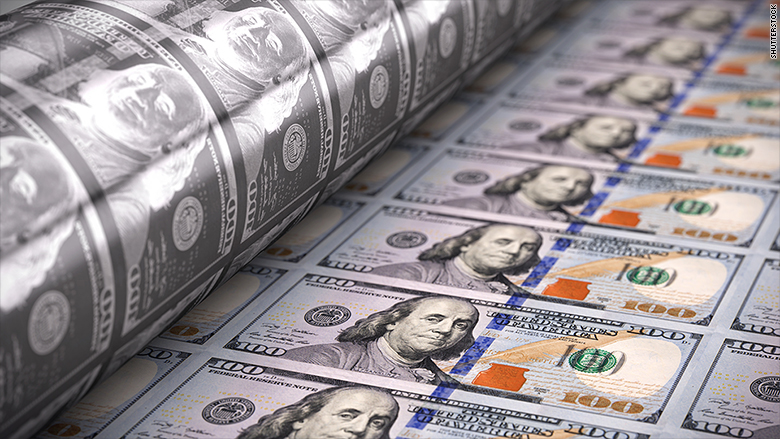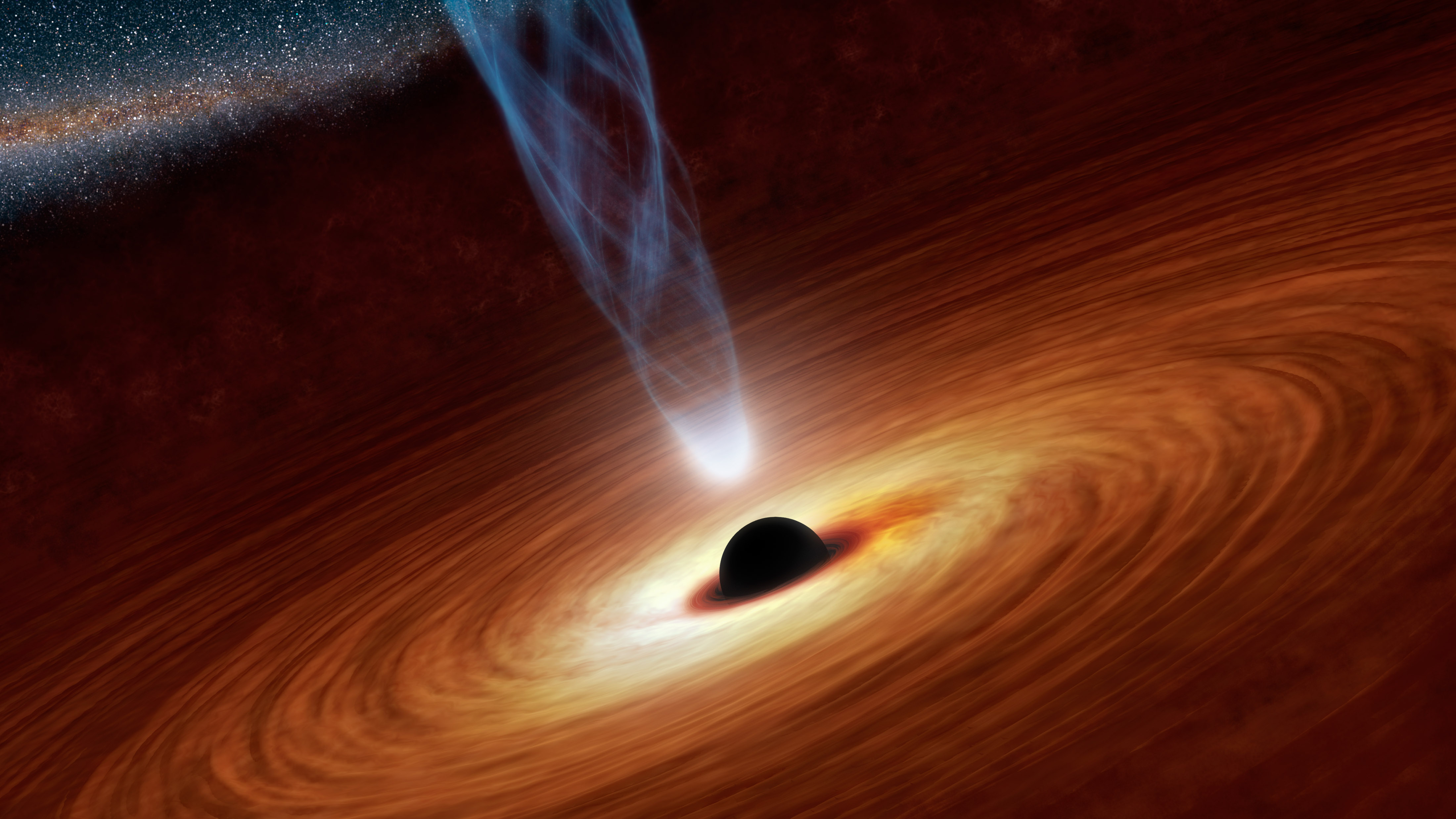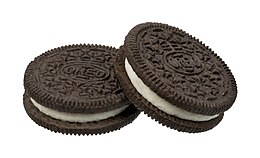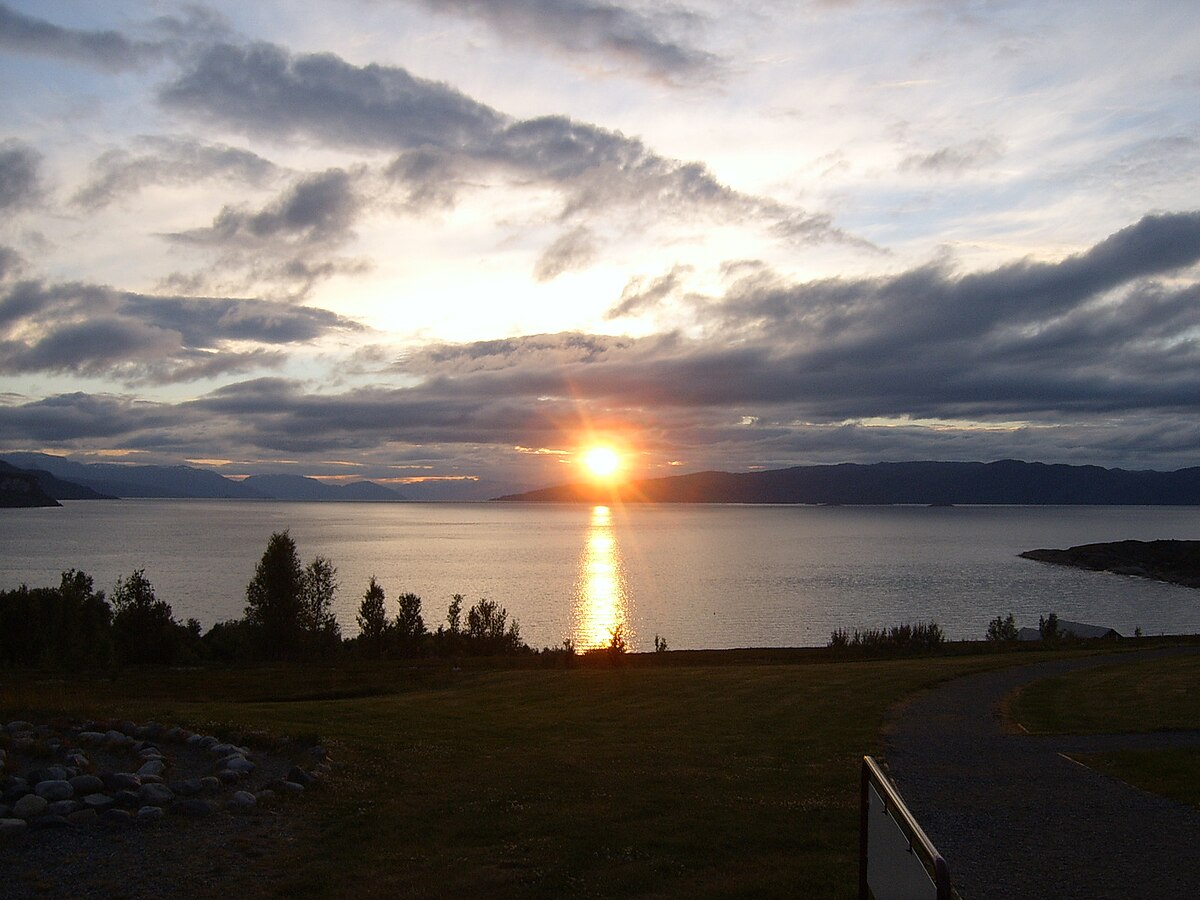The 20th century was arguably our most important. There were many new discoveries, innovations, and events such as World War II, that forever altered the course of history. When people think of the 20th century's mightiest inventions, people tend to think of color TV, the internet, commercial aviation, the Space Shuttle, traffic lights, or even the microwave. One invention that tends to get overlooked: the nuclear bomb. As sinister as they are, the amount of energy they could produce is baffling, and that's an understatement.
Everyone is aware of the two bombs that were dropped on Japan in 1945, but many people don't realize that actually over 2,000 bombs were dropped or detonated in history. Just like cars, jet engines, and new Iphones, bombs had to be tested and tested and tested. While no nation used the bomb for war after Hiroshima and Nagasaki, tests still went on for another 50+ years. The US and the Soviet Union came very close to nuclear war a few times. So while the Japan bombings led to no more being dropped on populations at the time, countries, mainly the USA and USSR, the two superpowers, still had them in stock, ready to let loose if need be. That's why it was called the Cold War after all.
The science of the bomb is what is truly remarkable. The nuclear bomb was invented before we had computers, or frisbees. Nuclear bombs worked through nuclear fission or fusion. With fission (atomic bomb), the nucleus of an atom split into two. Radioactive isotopes of uranium or plutonium (they just sound radioactive, don't they?) were used. Fusion (nuclear bomb) was the other method, where two atoms were brought together. Hydrogen or helium isotopes were used. A carefully timed chain reaction set off the fission or fusion process, which became incredibly hot - million of degrees actually, the same as the inside of the Sun - which in turn, well, blew up the bomb. Nuclear fusion is the same process that occurs in the Sun, or any star.
The detonation of a nuclear bomb would create a fireball and a shock wave, which would travel hundreds of miles per hour. And then there was the problem with nuclear fallout, which would be carried with the wind. Bombs had different "yields" and interior different designs. Some worked via implosion, while others worked like a gun ('Merica!, right?).
So why a mushroom cloud? Well there's actually science behind it, called the Rayleigh-Taylor instability, which is when is when two layers of different densities and/or matter react. This process creates the mushroom shape. When a nuclear bomb detonates, the hot air from the fireball and the cold air from the atmosphere meet. The heat from the explosion is so hot, it expands the surrounding air and it rises rapidly, which creates a vacuum. The cold air sinks, but with the vacuum, pushes the hot air inwards and the "stalk" is created. Eventually the surrounding atmosphere pushes the heat from the top sideways and back down. It cools as it sinks, but is sucked back into the hot center and rises and heats up again. This forms the "cap" shape. The rings that form are just condensation from the low pressure and the humid air. Mushroom clouds can form from volcanoes as well. As a side note: mushroom are gross, how do people eat them?
Some of the most famous detonations in history were Hiroshima and Nagasaki in 1945 and the only bombs used in war, the Trinity test in 1945, which was the first ever, Operation Crossroads in 1946, which was the first underwater explosion, Ivy Mike in 1952, which was the first fusion bomb test, Castle Bravo in 1954, which was the largest test ever by the US at 15 megatons, and the Tsar Bomba test in 1961, which was by far, the largest ever nuclear test in the world. The oceans, remote islands, deserts (including the states of Nevada and New Mexico), and mountain ranges were all used as test sites.
The most powerful bomb ever dropped was the 27-foot long Tsar Bomba. It was detonated in October 1961 by the Soviet Union in remote Siberia. Tsar Bomba was so powerful, it had to be scaled down by 50%, and was still the equivalent of all the explosives used in World War II...multiplied by ten! It was 57 megatons, measured as a moderate earthquake on the Richter scale, and cracked windows 560 miles (900 kilometers) away. The flash from the explosion could be seen from 600 miles away, the distance from New York City to Detroit. That's a 10 hour car ride, man.
Tsar Bomba was so powerful that the crew that dropped it was nearly killed, even though the plane was 28 miles away when Bomba detonated. Matter of fact, Tsar Bomba needed a parachute, otherwise the crew surely would have perished.
No one knew exactly what Tsar Bomba was going to do, but when it finally did it, it did it in a way that hasn't been rivaled. The shock wave was so strong, it traveled across the Earth not one, but three times. Total destruction would have occurred within a 15 mile radius and 3rd degree burns would have occurred 64 miles away. This is a picture of the mushroom cloud. That picture was taken 100 miles away and the cloud is 35 miles high. This illustration best shows just how big the Tsar Bomba was. If you want something a little more sinister, then here.
One misconception about nuclear bombs is that they detonate after crashing with the ground, but most, if not all land-based bombs, were detonated in the sky. Tsar Bomba was detonated 2 miles above the ground and the Hiroshima bomb was 2,000 feet in the sky. In order for a nuclear bomb to detonate, specific steps had to occur inside the bomb to create a chain reaction. Bombs also had safety mechanisms and most were detonated remotely or by barometric sensors, not by crashing into the ground. Some bombs did detonate if they crashed, while others did not.
In 1961, a B52 bomber disintegrated shortly after take off in Goldsboro, North Carolina. The crew had two bombs and had to jettison both of them. One of the bombs floated gently into the swamp thanks to a parachute. The other bomb didn't. It landed in the swamp and was never fully found. An easement was placed around the swamp and the military said "leave it be."
To this day, the bomb is just lounging in the swamp in eastern North Carolina, likely encasted in mud and icky swamp stuff. Can it still detonate? Well, it can as it's still live, but it won't. The bomb has six safety mechanisms, and only five were activated during the fall. Had that six mechanism been activated, well, the Outer Banks definitely wouldn't be a hot vacation spot (and I likely wouldn't have been born as Goldsboro is where my dad was born, ironically). That's how close we played with fire, literally, as that wasn't the only accident. There are other "broken arrows", or accidental lost bombs in Greenland, Savannah, Georgia, the Atlantic, Pacific, and so on. The US DOD recognizes 32.
So why? Why did we obsess over nuclear weapons, especially bombs, so much? Well the threat of war was the biggest reason, but we also wanted to test our scientific capabilities and show off our power to other countries. While the USA and USSR were bitter competitors during the space race and race for communism vs democracy, the nuclear race was no different. The USA could make very precise missiles, but the USSR could not. So they made devices like the Tsar Bomba to flex their muscles. The Tsar was four times bigger than anything America has ever detonated, and the USSR carried out 8 of the 12 most powerful tests. Luckily, we never destroyed ourselves, and treaties and legislation were signed on nuclear weapons. There's even a flag. While the destructive power of nuclear bombs are no laughing matter, they are true testimates to what man is capable of, and they helped show a contrasting side to how science can be used.
So, I know you're dying to know - what would happen if you dropped a nuclear bomb into a volcano? Well, nothing, actually. I know, I know, what a rip off.
Bonus fact: nuclear weapons release X-rays, and one cameraman once used his hands to shield his eyes after a detonation, and he could actually see his bones through his eyelids. I know, I know, what a rip off.
*Sources: Campaign for Nuclear Disarment, Restoration Systems, Quora, Atomic Heritage Foundation, SciShow, Gizmodo, Popular Mechanics, IFL Science, Restricted Data












